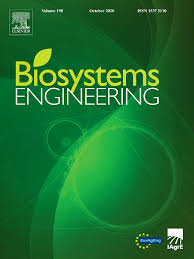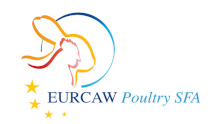Document type : Scientific review published in Biosystems Engineering
Authors: Gundula Hoffmann, Piotr Herbut, Severino Pinto, Julia Heinicke, Björn Kuhla, Thomas Amon
Preview : Currently the temperature humidity index (THI) is a common method of evaluating the risk of heat stress in cows by employing climatic parameters. However, the THI is a general and indirect indicator that fails to consider individual cows. Various studies have used animal-related parameters to account for the heat load of individual cows. This review provides an overview of different heat stress indicators that have been used in the past 10 years with a focus on animal-related and non-invasive indicators. These indicators are reviewed with regard to their potential for quantifying individual heat loads in ongoing and future studies of dairy cows. The review is divided into sections covering physiological, behavioural and performance indicators. Parameters that appear to be suitable for assessing the individual stress loads of dairy cows include respiration rate and body temperature, whereas losses in milk yield are more a consequence of heat stress than an indicator. Using activity and feeding behaviour as an indicator of heat stress may depend on the cows' physiological state. However, no thresholds for animal-related indicators employed as signs of heat load can be found in the literature. In contrast, thresholds for THI levels are described above which changes in cows' physiology and behaviour are detectable under heat stress. In conclusion, the development and use of non-invasive sensors should focus on physiological indicators, and further studies are needed to determine the thresholds for these indicators.




